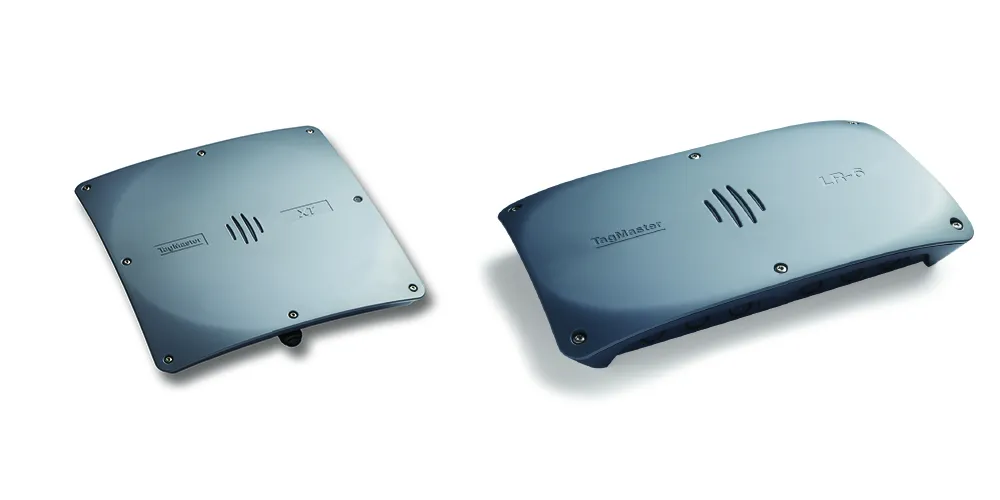
The company is also featuring a recently completed product overhaul on one of the industry’s favourite managed 10-port PoE industrial Ethernet networking switch series - the LMP-1002GSFP.
Antaira says this product series has been completely reworked with upgraded and advanced components, hardware and software. The series now has the latest Ethernet chipsets providing a stronger Ethernet back plane allowing for greater bandwidth throughput with all ports on the unit supporting Gigabit speeds.
The PoE chipset in this series allows for all eight RJ45 ports to support a full 30 watts of power to end devices, and will not provide more power than the end devices require. This series is also equipped with dual rate SFP fibre ports that allow the usage of either 100Fx or 1000Fx SFP modules that can easily be switched to provide increased connectivity speeds by simply using a new SFP module rather than upgrading a whole switch to achieve Gigabit speeds.
Lastly, this series has support of the ERPS G.8032 open standard ring architecture that prevents the loss of network connectivity if there is a connection failure. The PoE “keep alive” feature provides automatic monitoring of connected PoE devices and will also automatically provide a power cycle to the end device if connectivity is lost, greatly reducing physical location maintenance visits.










